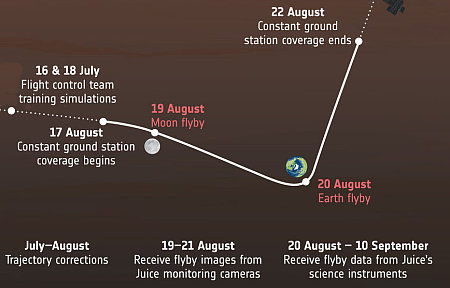Link here. The article goes into detail about the bidding process that led to SpaceX winning the contract $843 million fixed-price contract to build a specialized Dragon capsule to dock with ISS and de-orbit it. While its focus is on the refusal of the older companies (Northrop Grumman, Lockheed Martin, and Boeing) to sign the fixed-price contracts that NASA now prefers and that SpaceX can handle with no problem, it was this section that struck me the most:
SpaceX’s bid price was $680 million. The source selection statement did not reveal a price for Northrop’s bid other than saying it was “significantly higher.” Based on NASA’s budget request, Northrop’s bid was likely approximately twice as high.
But SpaceX did not just win on price. Its “mission suitability” score, effectively its technical ability to design, develop, and fly a vehicle capable of deorbiting the space station, was 822, compared to Northrop’s score of 589. SpaceX’s approach had one weakness, compared to seven weaknesses in Northrop’s bid, according to NASA evaluators.
Finally, the selection was also based on past performance by the contractors. SpaceX’s performance was rated as “very high,” given how it has delivered with the Cargo and Crew Dragon spacecraft and its Falcon 9 rocket. Northrop’s performance on Cygnus and its various rockets was given a “moderate” rating. Overall, the NASA evaluators expressed a “very high level” of confidence in SpaceX being able to complete the mission, whereas a “moderate level” of confidence was expressed in Northrop.
In other words, Northrop not only couldn’t do the job as cheaply and wasn’t even willing to do it at a fixed price, its technical performance has not been that good either.
The article focuses rightly on the present lack of any viable competitors to SpaceX, and the problems this raises for the entire American aerospace industry. I want to point out how this situation reveals a much more fundamental problem with the industry itself. The established aerospace industry is not only doing poor work, it is overcharging for it.
Or to put it more bluntly, it is unwilling or unable to compete. Relying on businesses with such bankrupt attitudes is not a good way to get anything done.
The hope had been that the newer startups (Rocket Lab, Blue Origin, Relativity, Firefly, etc) would pick up this slack, but except for Blue Origin the rocket capabilities of these companies are just not big enough yet to do it. Blue Origin’s proposed New Glenn rocket and associated spacecraft could do the job, but the company has demonstrated for the past decade its desire to emulate the older and failing big space companies rather than a new fresh face.
The new companies, given time, could solve this problem, since they are all willing to innovate and compete, but the apparent increase in the regulations imposed by the FAA and other government agencies in the past two years suggests they will be squelched as well.
Unless something changes, the U.S. is not going to see the space renaissance that seemed so promising only two years ago.













